This summer, SHIC requested industry input about usefulness and enhancements to the Swine Health Information Center’s monthly domestic and global swine disease monitoring reports. Comments and responses to the SHIC survey highlight the broad value and diverse ways in which reports are utilized. Made available through the SHIC e-newsletter and website, the survey covered both SHIC’s domestic and global reports, including questions on value, actionable content, use of data, additional pathogens, and opportunities for improvement.
Responses were received from the US, across 10 states, and internationally, with most individuals being private practice veterinarians, academics, pork producers, and federal government employees.
Respondents widely agreed that both reports are valuable, with 100% (domestic) and 91.4% (global) of participants responding yes when asked if the monitoring reports provided valuable information. Examples of comments provided about what was most valuable in the domestic report included “reliable information on time,” “keeps me up to date on new threats,” “concise report to reference when talking to producers and decision makers regarding domestic disease,” and “graphs allow for comparison of my clients’ herds to the nation.” Similarly, the global report comments on value included “trusted source,” “important to understand the movement and changes in global health issues,” “useful as a teaching tool,” and “good indication on what disease pressures are around the world.”
In addition to value, participants were asked if the reports were used as a tool by providing actionable content which affects their day-to-day decision making. Most respondents agreed, with 75% (domestic) and 55.9% (global) of participants responding they do. Examples of comments provided about what kind of decision-making is affected by the domestic report included “budgeting and forecasting for the business,” “if PRRS is trending up in an area, we may do additional testing,” “vaccinate or not,” “notification of regional risks to clients,” “helps me fine tune biosecurity,” and “rethink opportunities for area contamination or elimination.” Likewise, the global report comments on decisions included “utilize examples from this report to communicate the biosecurity message to producers and decision makers,” “is our research focused in right direction for emerging risks,” “allows me time to make informed risk management decisions,” and “awareness of where ASF is from a travel standpoint.”
Beyond decision-making, respondents report using the domestic and global reports for educating stakeholders, staying up to date on diseases affecting production and exports, understanding disease trends regionally and status of national herd, knowing pathogen variants, advising clients and producers, personal education, research purposes, staying up to date on regulatory diseases and reviewing protocols. Additional pathogens suggested by respondents to include were Erysipelas, Streptococcus equi, PCV3, coccidia, Brachyspira sp., Lawsonia sp., Escherichia coli, sapovirus, and Salmonella sp.
Respondents were also asked to provide SHIC with suggestions on how to improve the value of the reports. Potential improvements to the domestic report included adding an interpretation section for quotes that media could utilize, adding information about treatments, inclusion of the economic impact of diseases, increasing regional representation of data, and keeping the report brief with bullet points. Potential improvements to the global report included adding the economic impact of diseases, keeping the report brief, including relevant vaccine information, and increasing report frequency. SHIC is currently exploring the feasibility for implementation of suggested improvements.
SHIC, launched by the National Pork Board in 2015 solely with Pork Checkoff funding, continues to focus efforts on prevention, preparedness, and response to novel and emerging swine disease for the benefit of US swine health. As a conduit of information and research, SHIC encourages sharing of its publications and research. Forward, reprint, and quote SHIC material freely. SHIC is funded by America’s pork producers to fulfill its mission to protect and enhance the health of the US swine herd. For more information, visit http://www.swinehealth.org or contact Dr. Paul Sundberg at [email protected].
Copyright 2025 | Swinehealth.org | Website by Heartland Marketing Group